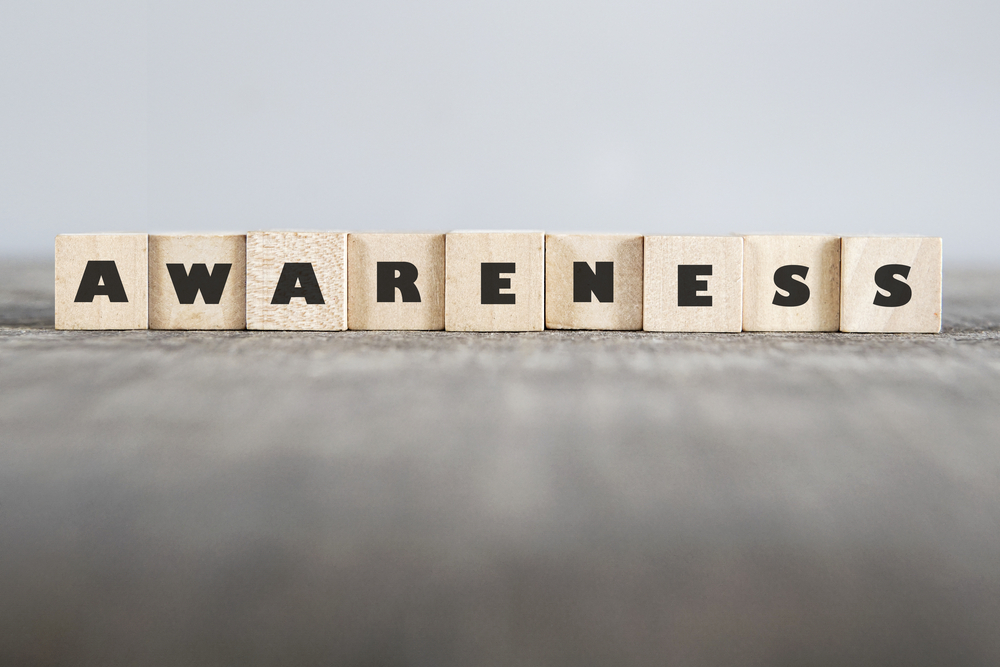Doctors Urge Early Diagnosis to Save Lives in PH, Other Rare Diseases

A group of Canadian doctors highlighted the importance of an early diagnosis among those with rare diseases. The recommendation, released by the Pulmonary Hypertension Association of Canada, came out on Rare Disease Day, an international event every Feb. 28 to raise awareness of the 300 million people with rare diseases worldwide.
Pulmonary hypertension (PH) is a rare, life-threatening disorder caused by a narrowing of the arteries in the lungs. According to statistics, 75% of PH patients living in Canada are diagnosed when their disease is already in an advanced stage, greatly reducing treatment efficacy and patients’ lifespan.
This was the case of Judith Moatti, a young woman living in Montreal, Quebec, who was hospitalized with what she thought was a gallstone crisis when in reality she was going into heart failure due to a complication of PH, for which she had never been diagnosed.
“I don’t think this is an issue of awareness; most doctors have heard of pulmonary hypertension,” Sanjay Mehta, MD, a leading Canadian PH specialist and chair of the PH Association of Canada, said in a press release. “This is an issue of ignorance around recognizing and diagnosing the condition.”
To make the point that a timely diagnosis can make the difference between life and death among PH patients, a group of Canadian physicians released a series of videos to raise awareness of the condition and its symptoms among medical providers worldwide. More information on PH early diagnosis can be found here, and the videos can be accessed here.
Interested in PH research? Check out our forums and join the conversation!
“Physicians in almost any branch of medicine will run into pulmonary hypertension patients. They present to family doctors and emergency rooms all the time, because they often have many complications of their disease if they’re not diagnosed early enough,” Mehta said.
Not only adults can unknowingly have PH. The condition can also go unnoticed in children, as Angela Bates, MD, a leading pediatric PH specialist who is also participating in the initiative, noted.
“The thing that sets pulmonary hypertension in children apart from other lung diseases is that a lot of these kids can live with it without any symptoms, and by the time they actually show up, they are very sick,” Bates said. “They can be as sick as being in the [intensive care unit], as sick as dying from this disease.”
The clinicians finished on a positive note, saying that recent advances in research and treatment have given more hope to those affected by PH to receive an early diagnosis, and be offered the best possible treatment options.
“It’s important to recognize this as a treatable illness and that we have excellent therapies that are helping many patients with pulmonary hypertension,” Mehta said.







